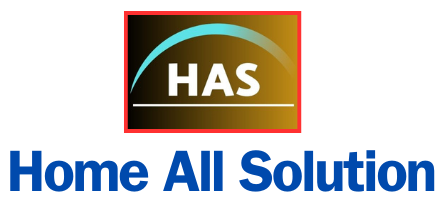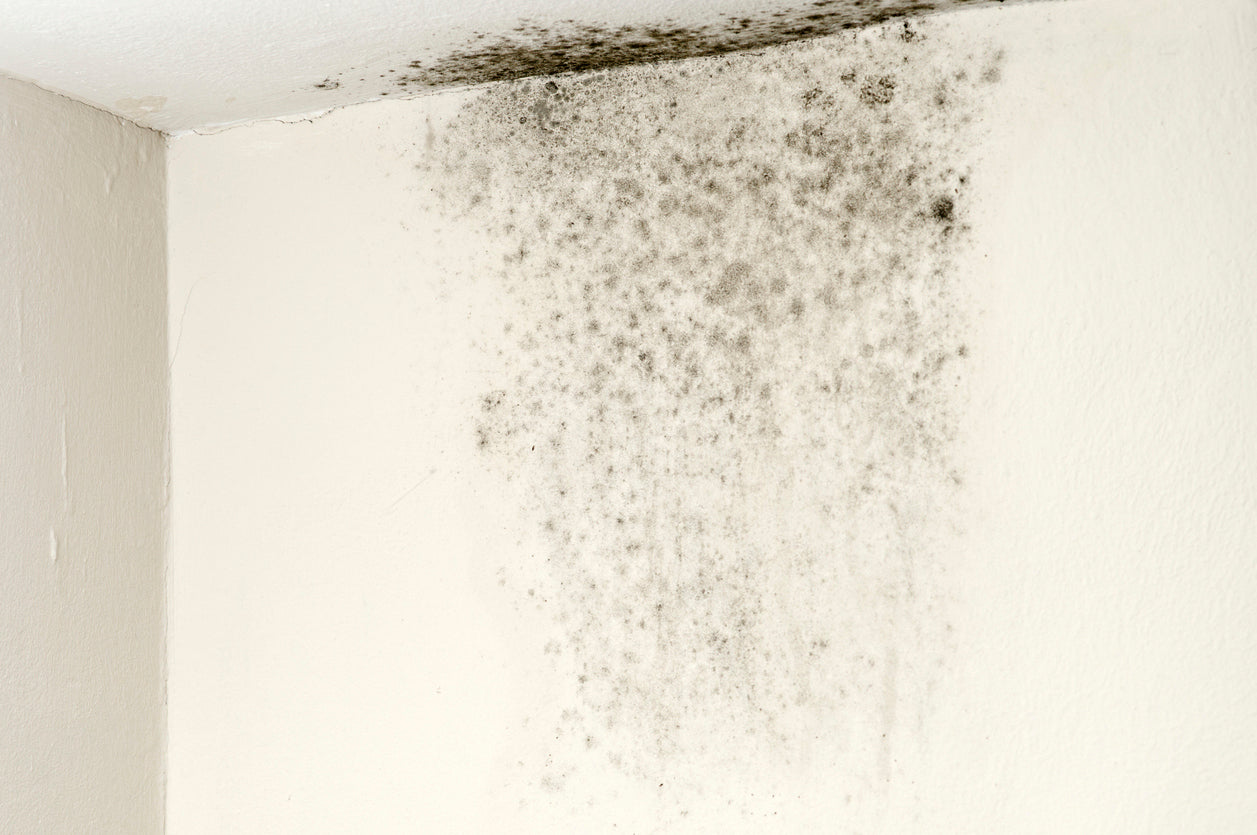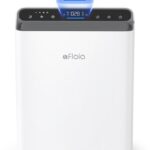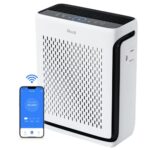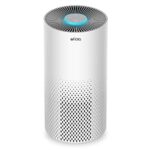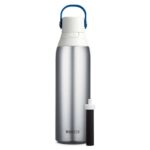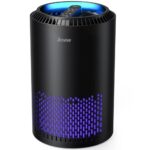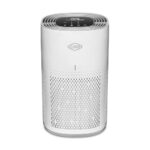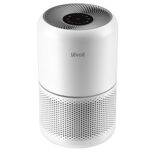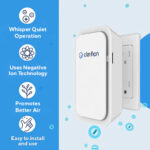Yes, air purifiers can help remove mold. They filter mold spores from the air.
But they don’t solve the root cause of mold. Mold is a common problem in many homes. It thrives in damp and humid conditions. Mold not only damages your home but also poses health risks. It can trigger allergies and respiratory issues.
So, how effective are air purifiers in dealing with mold? Air purifiers with HEPA filters can capture mold spores, making the air cleaner. While they improve air quality, they don’t address moisture issues causing mold growth. For lasting results, combining an air purifier with proper moisture control is key. This blog will explore how air purifiers work against mold and what you can do to keep your home mold-free.

Credit: www.youtube.com
Introduction To Air Purifiers
Air purifiers help clean the air. They remove dust, smoke, and pollutants. This makes the air safer to breathe. Many people use air purifiers at home. They also use them in offices. Clean air improves health. It reduces allergies and asthma. This creates a better living environment.
Air purifiers remove many harmful particles. They clean pollen, dander, and mold spores. This helps people with allergies. It also helps people with asthma. Clean air can improve sleep. Breathing clean air keeps you healthy. Air purifiers are useful in polluted cities. They are also helpful during wildfire seasons.
There are different types of air purifiers. HEPA filters are common. They trap tiny particles. Activated carbon filters remove odors and gases. UV light purifiers kill germs and bacteria. Ionic purifiers use charged particles to clean the air. Each type has its own benefits. Choose the right one for your needs.
Understanding Mold
Mold is a type of fungus. It grows in damp places. It can be black, white, or green. Mold can cause health problems. People can sneeze or cough. Some may have itchy eyes or skin.
Mold can also damage homes. It can grow on walls, carpets, and wood. Mold spreads through tiny spores. These spores float in the air. They can land anywhere and grow.
Bathrooms are a common source. They are usually humid. Kitchens can also have mold. Cooking creates steam. Basements are often damp. They are perfect places for mold. Roof leaks can cause mold. Water seeps into the house. Floods can also lead to mold. Standing water is a big problem.
Health Risks Of Mold
Breathing in mold spores can cause serious problems. Mold can trigger asthma attacks. People with weak lungs suffer more. Coughing and sneezing happen often. Shortness of breath is common. Children and elderly are at higher risk.
Mold can cause allergic reactions. Symptoms include itchy eyes and runny nose. Skin rashes can occur. Wheezing is also a sign. Some people feel fatigued. Headaches are frequent. Mold worsens existing allergies.
Air Purifiers And Mold Removal
An air purifier uses filters to clean the air. It pulls in dirty air and traps particles. Mold spores are caught in the filter. Clean air is then pushed out. HEPA filters are very good at this. They catch tiny particles, even mold.
Air purifiers can help reduce mold. They remove mold spores from the air. This can lower health risks. But they cannot remove mold from surfaces. Cleaning and reducing humidity are also important. Use an air purifier with HEPA filter for best results.
Key Features To Look For
HEPA filters are great for trapping mold spores. These filters can catch very small particles. They remove many allergens from the air. HEPA filters are trusted in many homes and offices. They help keep the air clean and fresh.
Activated carbon helps eliminate odors. It is great at removing smells and chemicals. This feature is important for people with allergies. Activated carbon can improve air quality. It works well with HEPA filters.
:max_bytes(150000):strip_icc()/AirPurifiers_LEVOITAirPurifiersforBedroomHome_HW_353-hires-a50faab8fc554ede9fdb31119c0421fb.jpeg)
Credit: www.health.com
Limitations Of Air Purifiers
Air purifiers help clean the air. But they have limits. Air purifiers can’t remove mold from walls or carpets. Mold grows on damp surfaces. Air purifiers only filter the air. They can’t stop mold from growing. Air purifiers can’t clean large mold colonies.
Use dehumidifiers to keep the air dry. Fix leaks to stop water damage. Clean moldy surfaces with bleach. Remove moldy items like old carpets. Ensure good ventilation. Open windows when possible. Use exhaust fans in bathrooms and kitchens.
Alternative Mold Removal Methods
Professional mold remediation services can effectively remove mold from homes. Experts use special tools and methods to clean mold. They ensure all mold spores are gone. This prevents mold from returning. Hiring professionals can save time and stress. It is safe and thorough. Professional help is best for large mold problems.
For small mold issues, DIY methods can be useful. Wear gloves and a mask for safety. Use a mix of water and vinegar to clean moldy areas. Scrub surfaces well. Keep areas dry to stop mold from growing again. Open windows for good ventilation. Check hidden spots like under sinks. Always stay safe while removing mold.
Maintaining A Mold-free Home
Mold can be harmful to health. Use a dehumidifier to reduce moisture. Keep indoor humidity below 60%. Fix leaks in roofs, walls, or plumbing quickly. Make sure your home has good ventilation. Use exhaust fans in kitchens and bathrooms. Avoid carpeting in damp areas. Clean and dry any wet materials within 24-48 hours. Store items in dry, well-ventilated areas.
Clean your home often to prevent mold. Use a vacuum with a HEPA filter. Dust surfaces regularly. Wipe down walls and floors with a damp cloth. Clean bathrooms and kitchens weekly. Use mold-killing products when cleaning. Check and clean air purifier filters. Replace filters as needed. Inspect your home for mold signs. Act quickly if you find mold.

Credit: www.youtube.com
Frequently Asked Questions
Can Air Purifiers Help With Mold?
Yes, air purifiers can help remove mold spores from the air. They trap mold particles using HEPA filters.
Which Air Purifier Is Best For Mold?
The best air purifiers for mold have HEPA and activated carbon filters. These filters effectively trap mold spores.
Do Hepa Filters Remove Mold?
Yes, HEPA filters can remove mold spores from the air. They capture 99. 97% of particles, including mold.
Can Air Purifiers Prevent Mold Growth?
Air purifiers can reduce mold spores, but they can’t prevent mold growth. Controlling humidity is also essential.
Conclusion
Air purifiers can help remove mold spores from the air. They improve indoor air quality. This can reduce health risks related to mold exposure. But, they can’t eliminate mold at its source. Regular cleaning and maintenance are still necessary. Mold removal requires addressing moisture issues.
Use dehumidifiers and fix leaks. Combine air purifiers with these methods for best results. Always choose a purifier with a HEPA filter. It captures mold spores effectively. Stay proactive in keeping your home mold-free. Your health will thank you.
